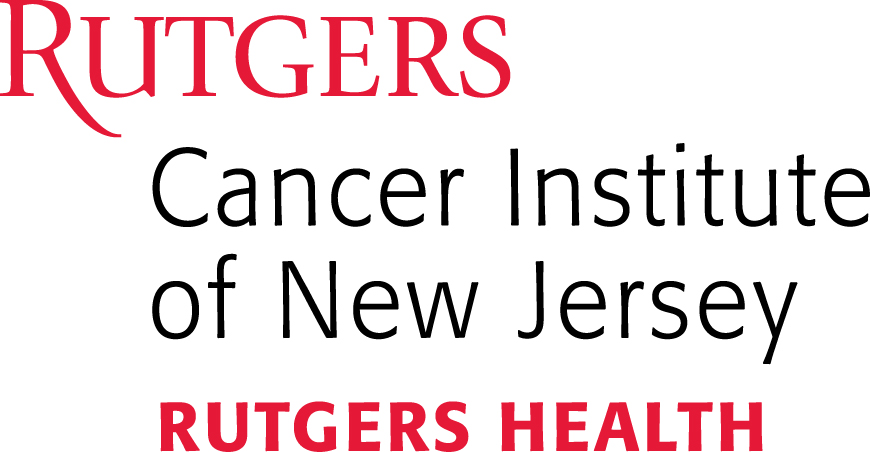Newswise — New Brunswick, N.J. – April 2, 2019 - Fast growing brain tumors known as glioblastoma multiforme often present treatment challenges due to their diverse tumor cell types and their ability to spread into healthy brain tissue. Hatem Sabaawy, MD, PhD, resident member of Rutgers Cancer Institute of New Jersey, is the senior investigator on research examining the impact of a novel small molecule inhibitor in the treatment of glioblastoma multiforme, using a patient’s own tumors cells with patient derived organoids. The work is being presented today at the American Association for Cancer Research Annual Meeting being held in Atlanta. Dr. Sabaawy, who is also a member of the Clinical Investigations and Precision Therapeutics Program at Rutgers Cancer Institute and an associate professor of medicine at Rutgers Robert Wood Johnson Medical School, shares more about the findings.
Q: What prompted your laboratory to focus on this type of brain tumor?
A: Glioblastoma multiforme (GBM) is the most common and deadly primary brain tumor. GBMs are thought to derive from neuroglial stem or progenitor cells. At our partner hospital, Robert Wood Johnson University Hospital (RWJUH), an RWJBarnabas Health facility, GBM patients may undergo surgery at RWJUH, then receive radiotherapy and concomitant or alternating chemotherapy. This treatment could be followed by anti-angiogenic therapy, yet, these aggressive GBMs almost always rapidly recur. Despite the advances in genomic medicine, individually tailored strategies based on tumor-intrinsic dominant genomic, epigenomic and antigenic tumor profiles are unavailable even though they may ultimately improve outcomes. Through a collaboration with neurosurgeon Shabbar Danish, MD, director, of the RWJ Gamma Knife Center, we can take surgical glioblastoma tissues removed from consented GBM patients and derive a new technology in the laboratory to generate patient derived organoids. With these organoids, we can then discover and validate new small molecule inhibitors for targeted therapy against GBMs from each patient.
Q: How was the study conducted and what did you find?
A: First, we examined the publicly available genomic databases of GBM patients and found that many patients have dysregulated tumor cell cycle factors, especially those related to the epigenetic polycomb repressor complex 1/2 (PRC1/2) and their key drivers BMI1 and EZH2 proteins. Since EZH2 and PRC2 activity is dependent on the initial PRC1 association, the PRC1 member BMI1 is a highly attractive target to inhibit GBM stem-like and progenitor cells. a priority for GBM therapy. In collaboration with David Augeri, PhD, associate professor of chemistry at Rutgers, we developed a number of novel small molecule BMI1 inhibitors, named RU-A compounds, and could validate their activity in patient derived organoids, an advanced model for GBM therapy. First, we demonstrate that the RU-A compounds, when used at low nanomolar concentration, could eliminate BMI1 and completely ablate cell self-renewal of GBM stem-like cells in serial clonogenic assays, sphere assays, and GBM organoids, and also sensitize GBM cells to chemotherapy and combination therapy. Moreover, these small molecules were bioavailable, crossed the brain barrier and reduced GBM growth and reinitiation activities in orthotopic laboratory models of GBM, that best represent GBM growth in patients.
Q: What do these results mean for advancing cancer treatment for this tumor type?
A: We now have novel RU-A compounds with favorable features. These include the ability to reduce intratumor BMI1 associated with elimination of the stem cell-like phenotypes, and the lack of any detectable toxicity. Together these are desired features for developing GBM therapy, further suggesting that this series of compounds could be rapidly transitioned to clinical trials. The RU-A compounds offer effective targeted agents that could be utilized alone or combined with other targeted and immune modulatory agents in GBM clinical trials. Also, the novel compounds and patient derived organoid platform allow our teams at RWJUH and Rutgers Cancer Institute to examine combination therapy and design individualized therapeutic strategies for GBM that relies on utilizing tailored combinations of targeted genetic-, epigenetic- and/or immune-modulating therapies. The combination approach when examined in planned clinical trials would have the highest potential to generate effective therapies for GBM.
Other authors on the work are: Michelle Chadwick, Eric Huselid, Monica Bartucci, Michele Patrizii, Kelly Jara and Monal Mehta, all Rutgers Cancer Institute; and John Gilleran and David Augeri, both Rutgers University Biomedical Research Innovation Cores.
Additional information can be found at: https://www.abstractsonline.com/pp8/#!/6812/presentation/7511.
###
Meeting Link: American Association for Cancer Research, Apr-2019
